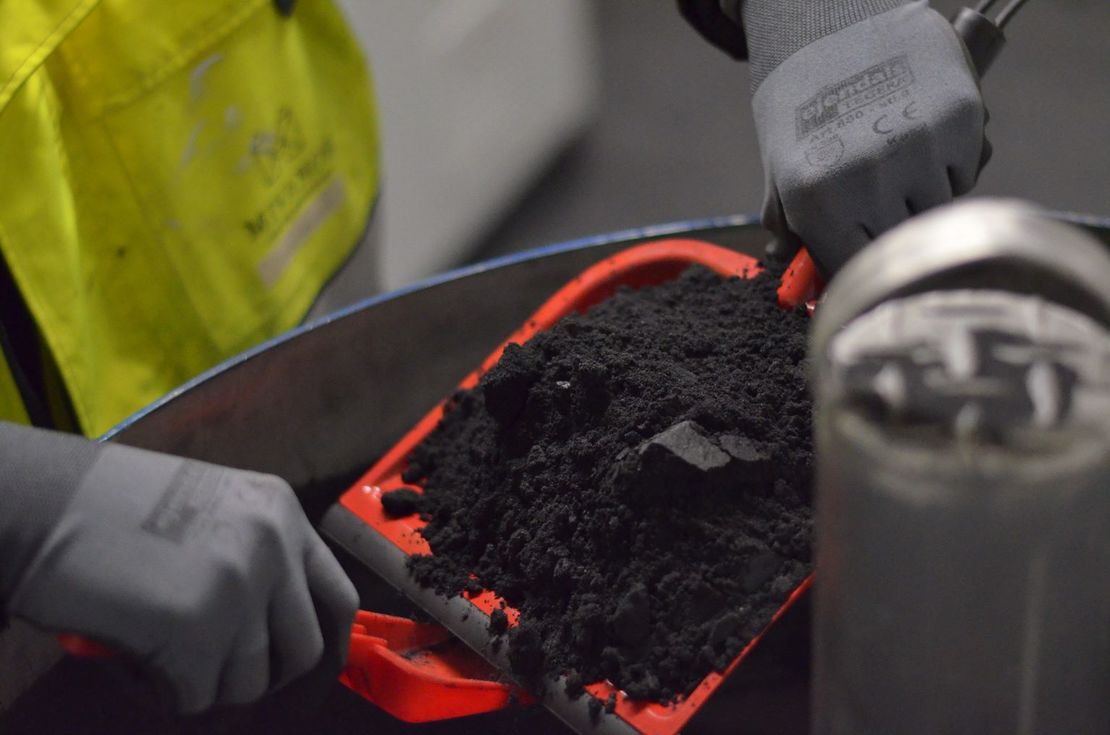Chemical and mechanical water purification

Pollution is the spread of substances in water that leads to inconvenience or harm to humans, animals, and/or nature. We purify water using both chemical and mechanical purification. But what does it mean to combine these two purification steps?
Our purification solution, MivaMag, removes pollution from industrial wastewater using a unique technology based on magnetism. The purification solution is a combination of chemical precipitation (chemical purification) and a process in which magnetite powder is added to the process, making the flocs magnetic and then removing the pollution from the water with large magnets (mechanical purification).
Chemical Purification
In chemical purification of wastewater, the purification is primarily based on the addition of chemicals.
The term "chemical purification" is usually used for processes where phosphorus, heavy metals, and other inorganic and organic pollutants are removed from wastewater, as well as particles from the water, using flocculating chemicals typically based on aluminum, iron, or lime.
Flocculating chemicals have the property that small particles that would not otherwise settle and thicken bind together to form larger particles. These become large and heavy enough to settle at the bottom of a sedimentation basin. Most particles have a negative (-) surface charge, and since (-) and (-) repel each other, no bonds can form. Flocculating chemicals, on the other hand, have a positive (+) charge. Thus, they bind to the surface of particles because (+) and (-) attract each other. This neutralizes the surface of the particles, allowing them to now bind together in small flocs.
To further increase the size of the particles before settling, it is normal to have tanks or basins where the water is gently stirred to promote flocculation. Flocculation involves thickening the particles even more by using a polymer (chemical binder) to create even larger aggregations of pollutant particles, also called flocs.
If the water to be purified contains heavy metals or other inorganic and organic compounds, these will chemically bind to the same particles and be removed from the water in, for example, the sedimentation basin. The processes used in chemical purification are based on natural processes that also occur extensively in nature.
MECHANICAL PURIFICATION
Mechanical water purification involves the removal of particles from the water. Mechanical purification is often based on water filtration using equipment from simple screens to advanced membrane filtration.
In contrast, our mechanical purification is based on magnetism. This means that a small amount of iron oxide is added in the chemical purification, which makes the particles and flocs magnetic. Water containing these magnetic flocs and particles then flows through a drum consisting of strong magnetic discs that, in rotation, pull out the magnetized flocs with the pollution. The pollution, also known as sludge, is scraped off the magnetic discs and collected in a container. The sludge becomes very dry in this process and consists of approximately 30-40% dry matter, making it easier to handle and dispose of.
Watch a video of a simplified demonstration of mechanical water purification. In this video, magnetite powder is mixed with contaminated water. The pollutant particles become magnetic and can be removed with the help of magnets.